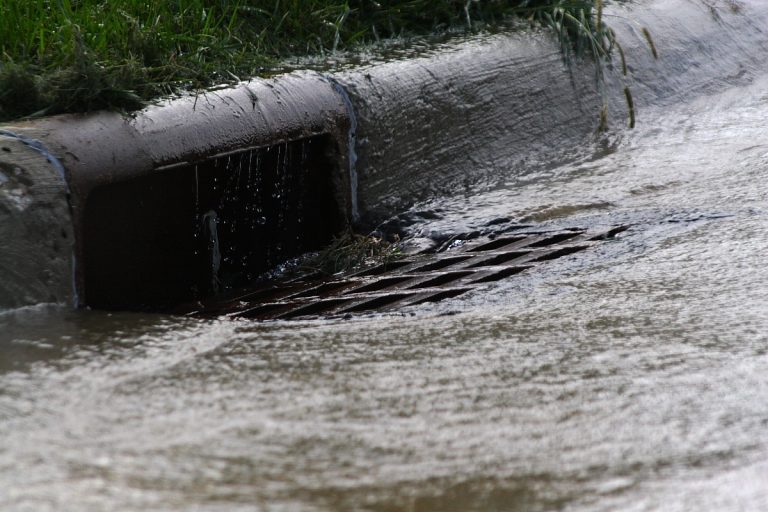Published on February 22, 2022

Initially, environmental scientists studying the chemical pollution spawned by urban runoff focused their concern mostly on nutrients, such as nitrogen and phosphorus, and metals. But studies over the past 5 years or so have begun picking up a wide variety of organic chemicals. The sheer diversity of compounds that this flow carries is dizzying, and researchers are only beginning to appreciate the scope of the problem, says Allen P. Davis, a civil and environmental engineer at the University of Maryland, College Park. Davis has been studying the issue in the Chesapeake Bay region for close to 3 decades. “At this point, if you can name a chemical, it can probably be found in stormwater,” he says. “As we continue to identify more and more different pollutants that we want to remove from our waters, we are going to have to look at novel ideas for making that happen.”
In the natural environment, water from heavy rain gets absorbed by soil, trickling down to replenish groundwater. But most pavement and other features of the built environment are impervious to liquid. Consequently, says Jessica Ray, an environmental engineer at the University of Washington, “we get high volumes of runoff that are going over these engineered surfaces. They go into storm drains, and eventually the storm drains convey the stormwater to a nearby body of water.” Climate change compounds the problem, adding more intense rainfall and weather events, she says.
Efforts to stem pollution from urban runoff have largely focused on creating what civil and environmental engineers call green infrastructure—things like rain gardens, stormwater ponds, and other vegetation-based systems that capture stormwater and act as a filter for pollutants. Another option is permeable pavements that allow stormwater to drain into the ground so it doesn’t hit waterways in concentrated form.
But these systems are not designed to handle many of the newer substances appearing in stormwater, such as pharmaceuticals, flame retardants, PFAS, and microplastics. “The problem with these newer, long-chain complex chemicals is that in the environment they can do some pretty strange things, like transform into other chemicals, volatilize, or stick to particles,” Erickson says. “Having materials that remove those chemicals is going to be a huge thing for stormwater.”
One solution researchers are experimenting with is adding biochar, typically made by pyrolyzing agricultural waste products such as wood and corn husks, to rain gardens and other green infrastructure. Biochar’s charcoal-like, high-carbon composition creates a material that is loaded with tiny pores, giving it a high surface area with which to draw pollutants out of water. The trick is to figure out which type works for what chemicals, how to configure it in green infrastructure and how to switch it out when it is “used up,” Ray says. Her lab at the University of Washington is studying a biochar made from coffee grounds to determine the types of contaminants it can remove and how long it functions under a continuous flow of stormwater. The researchers are also testing the properties of an iron oxide-coated sand that degrades compounds on contact.
Continue reading at C&EN.
Originally written by Alla Katsnelson for C&EN.